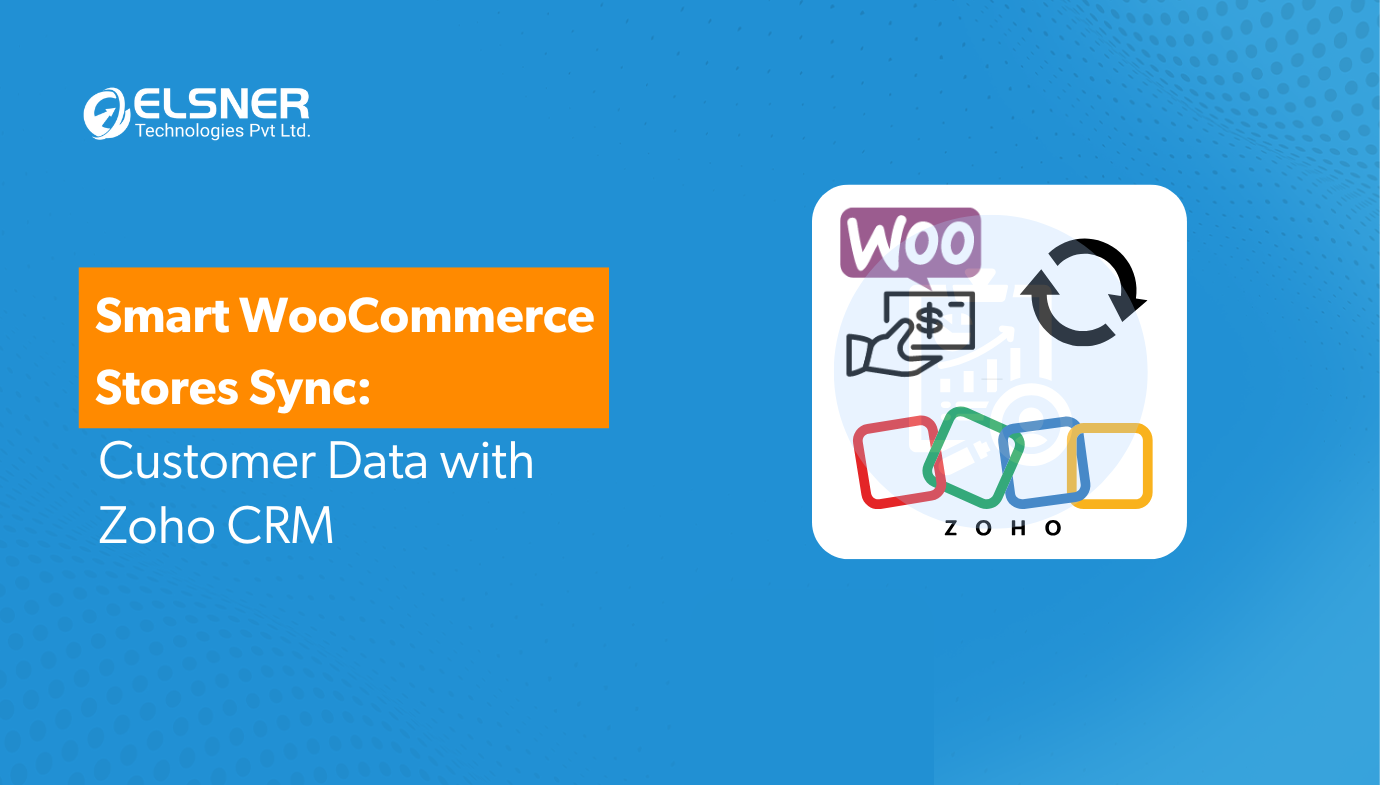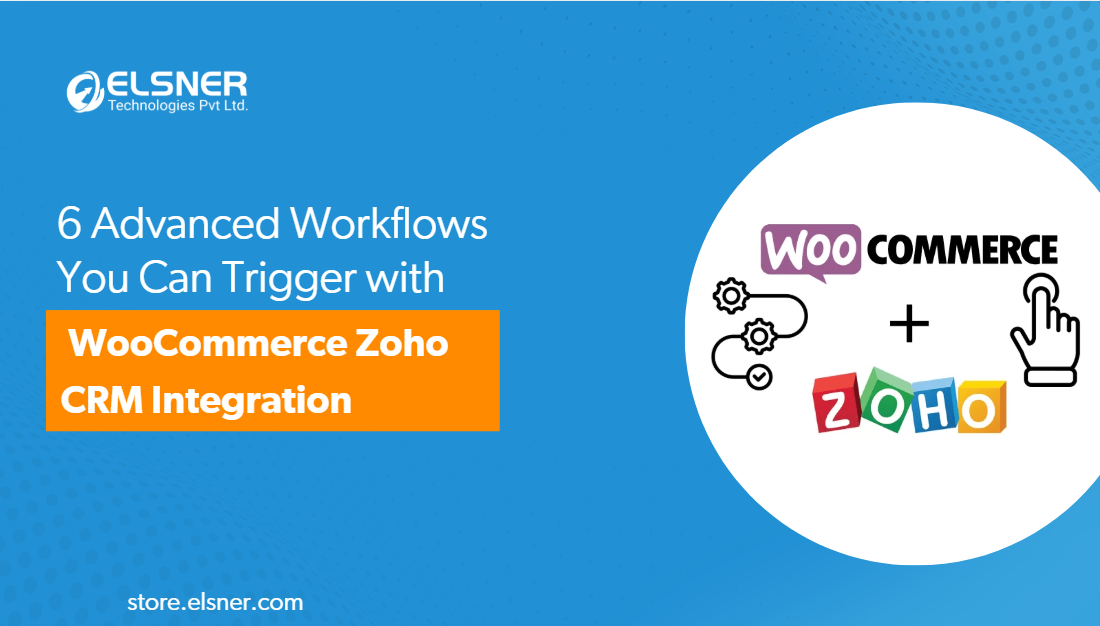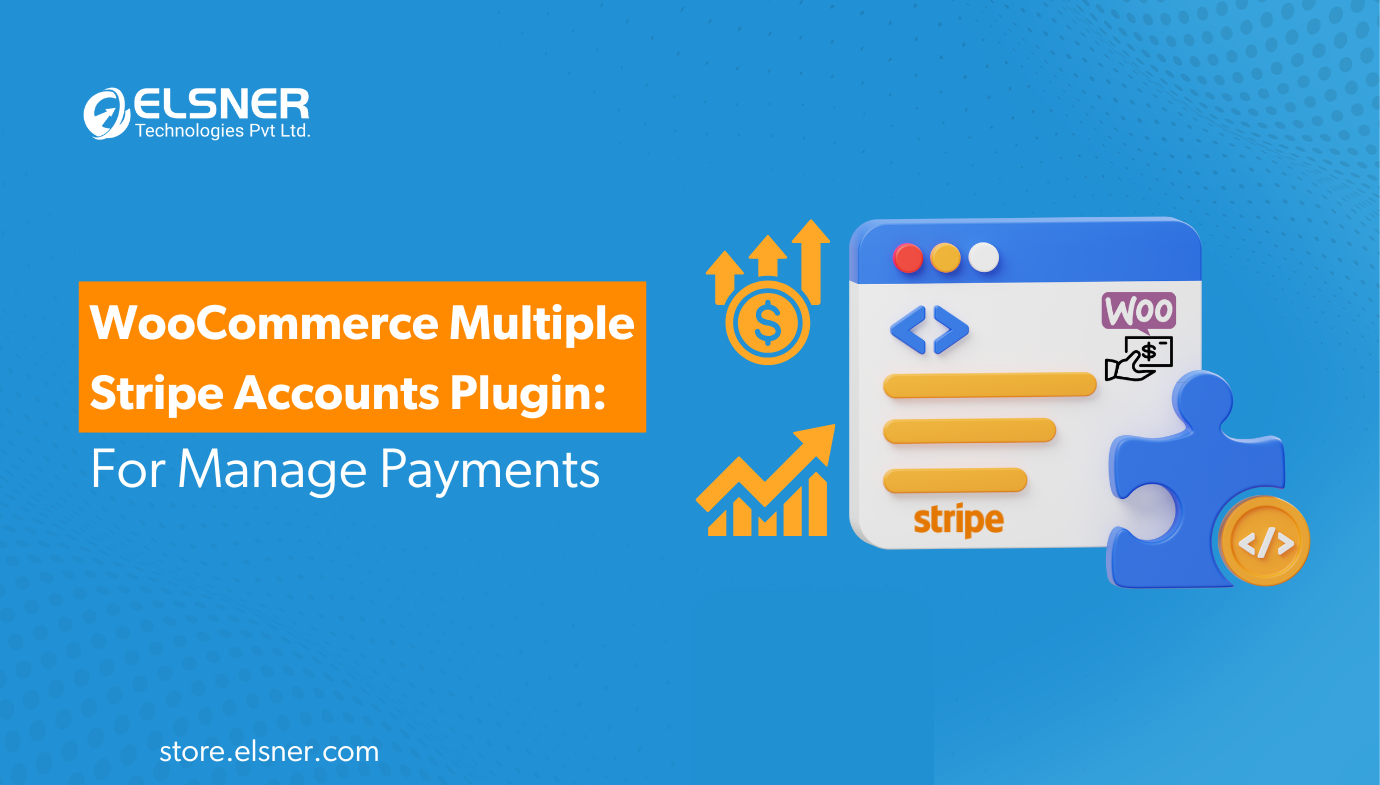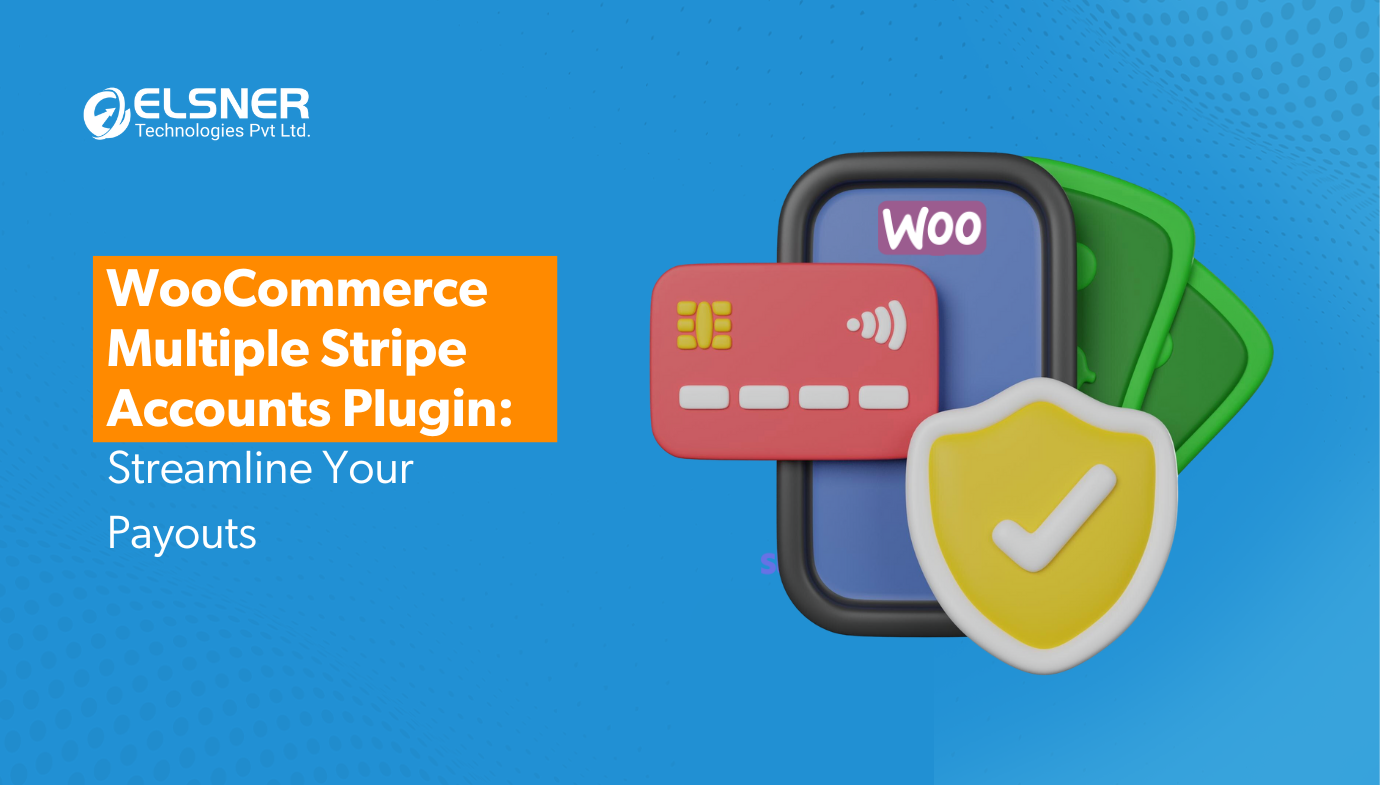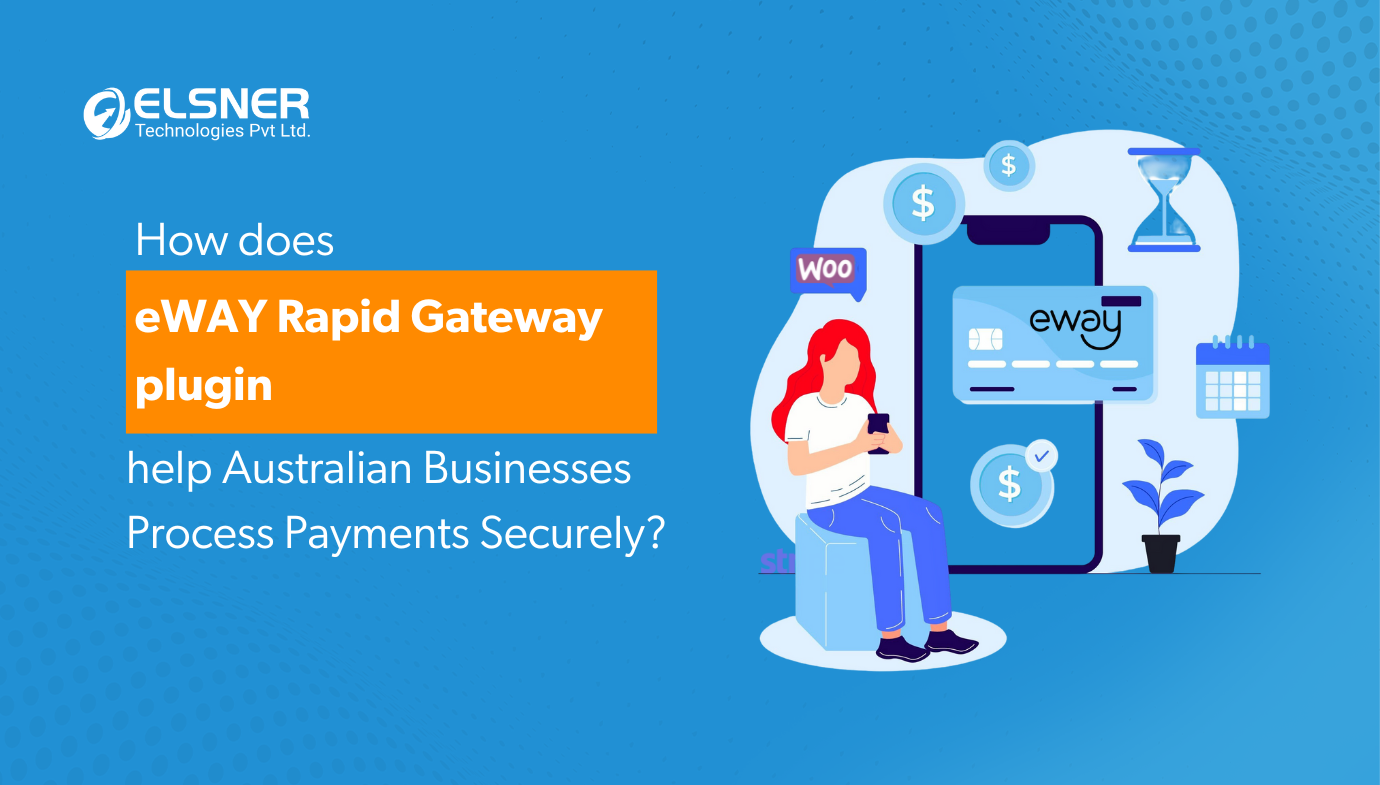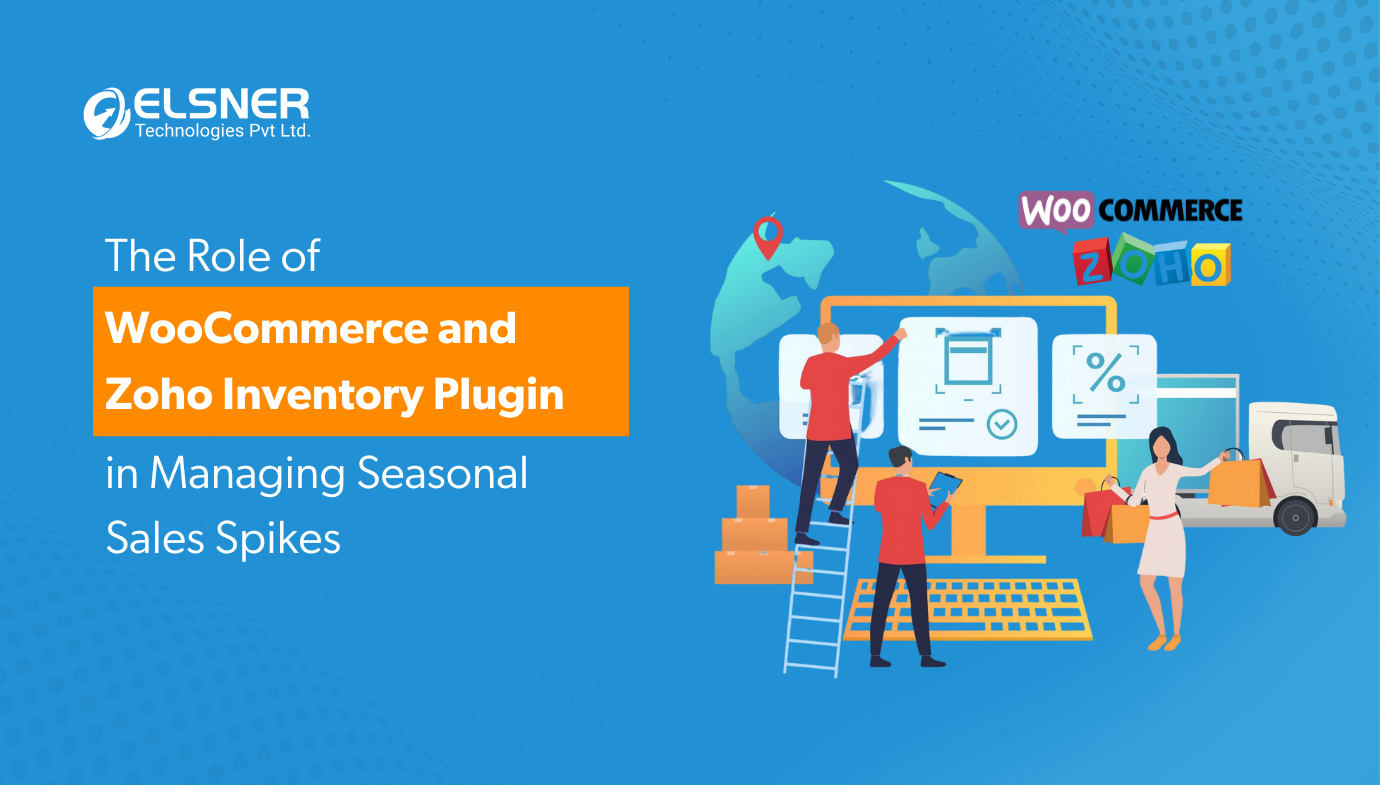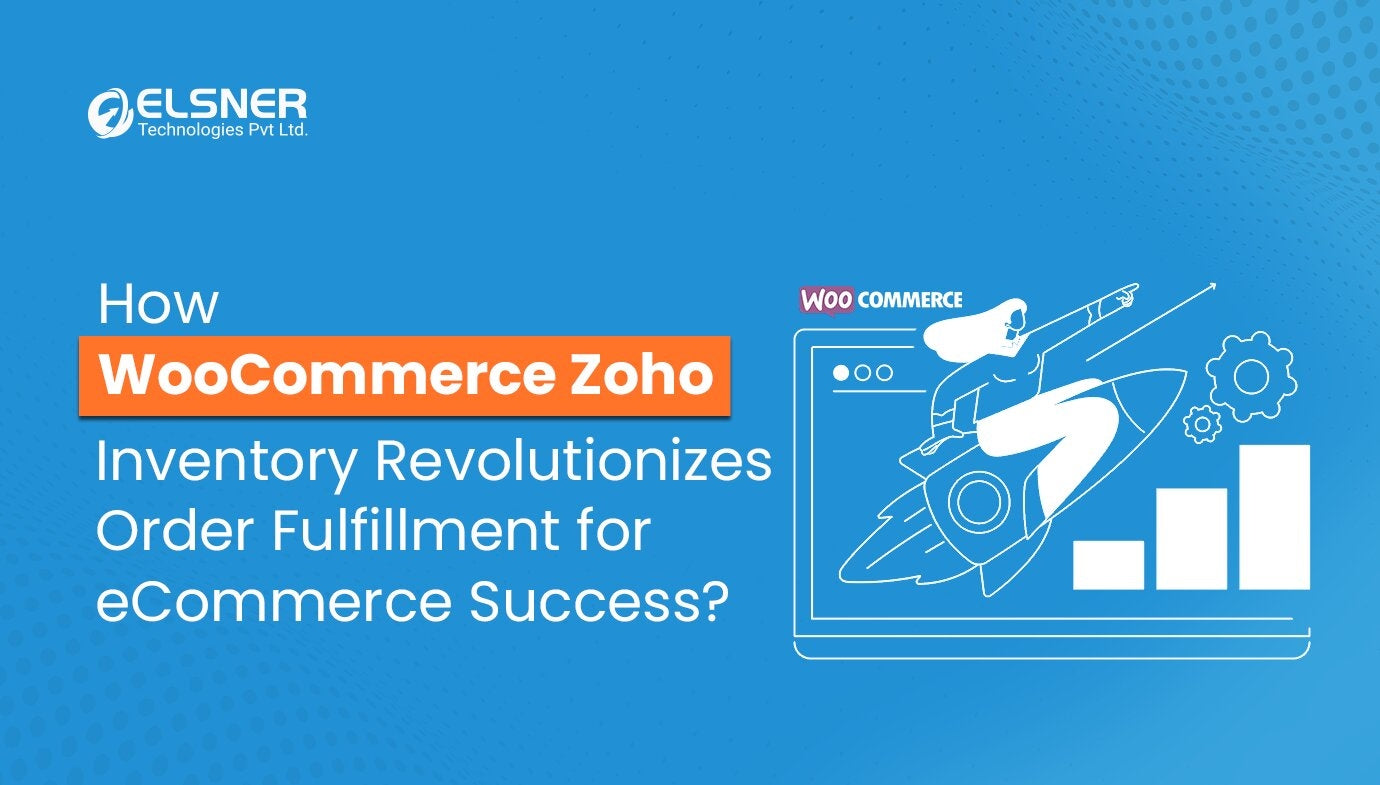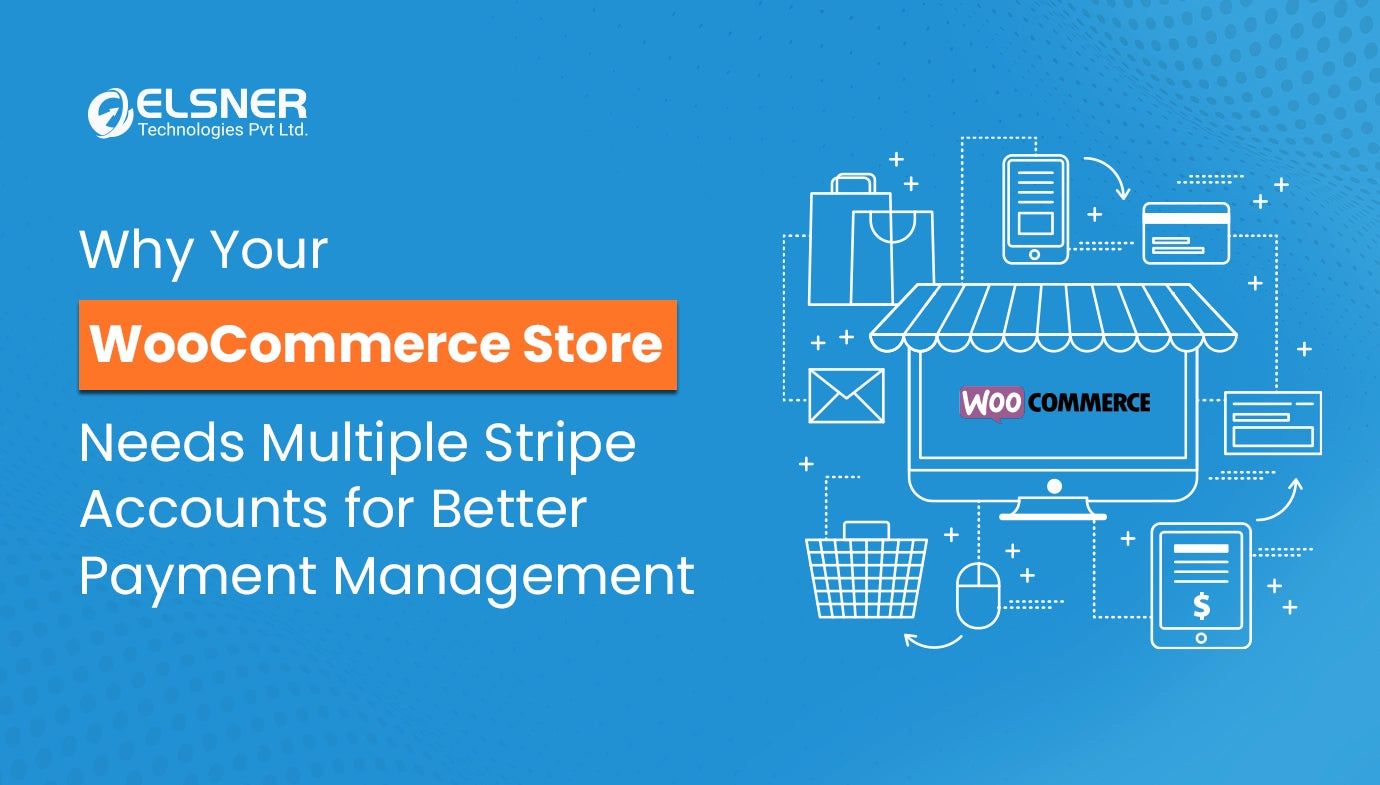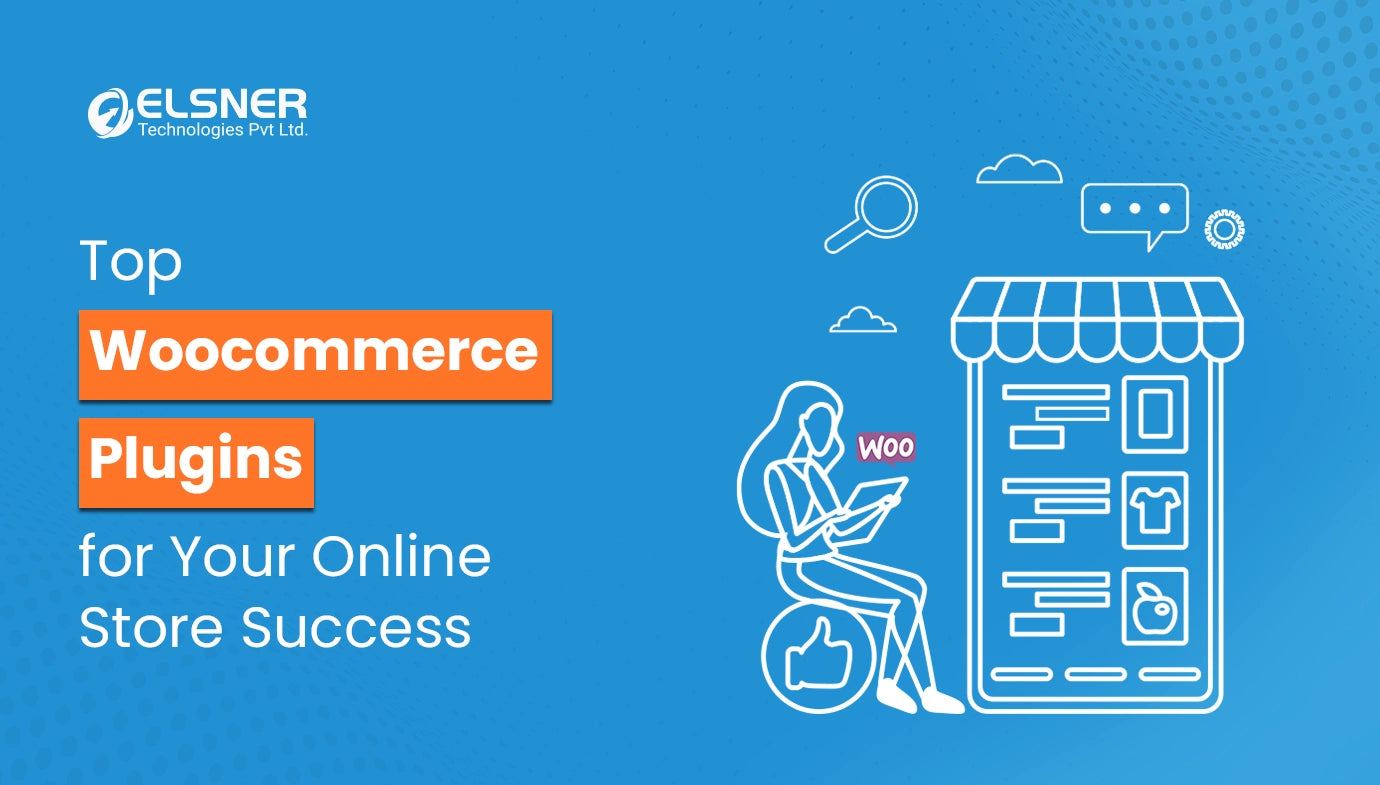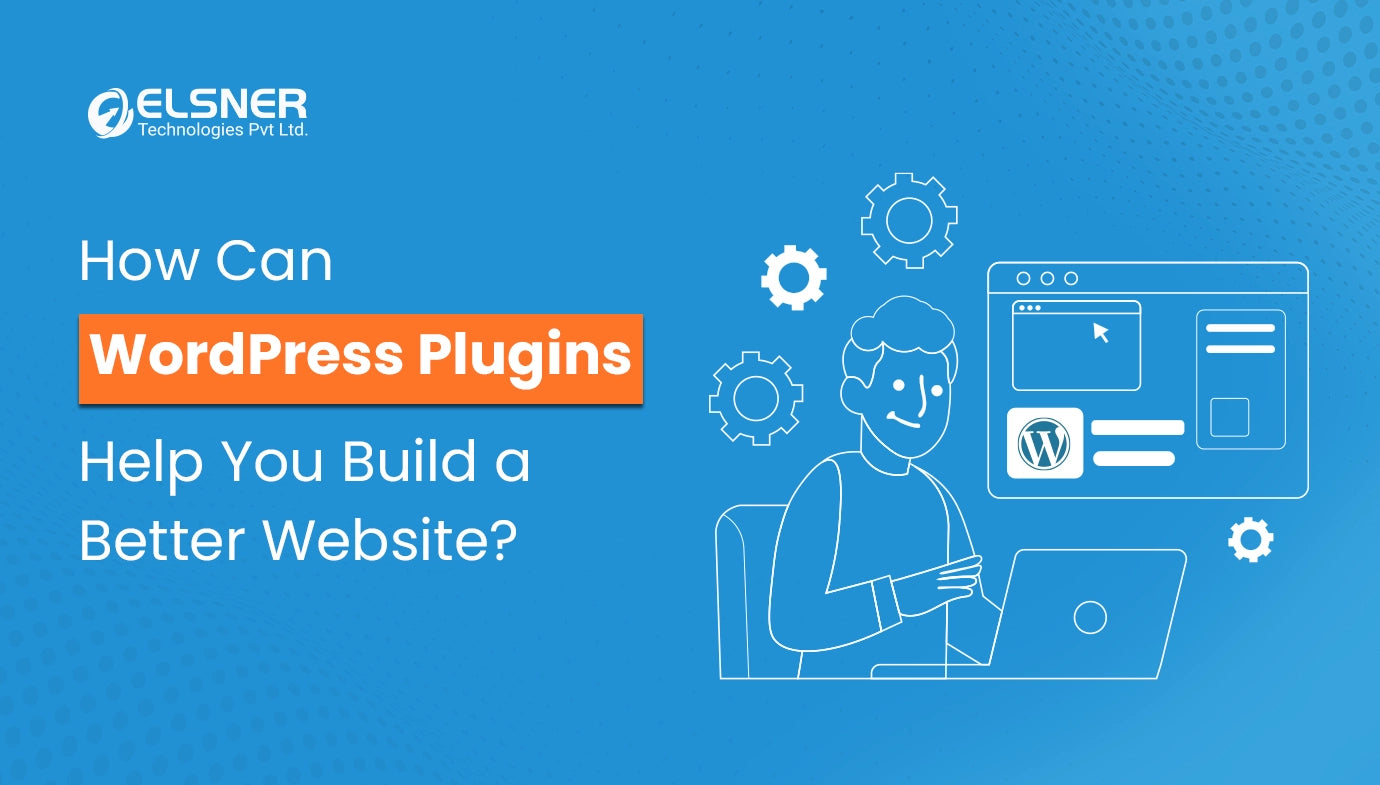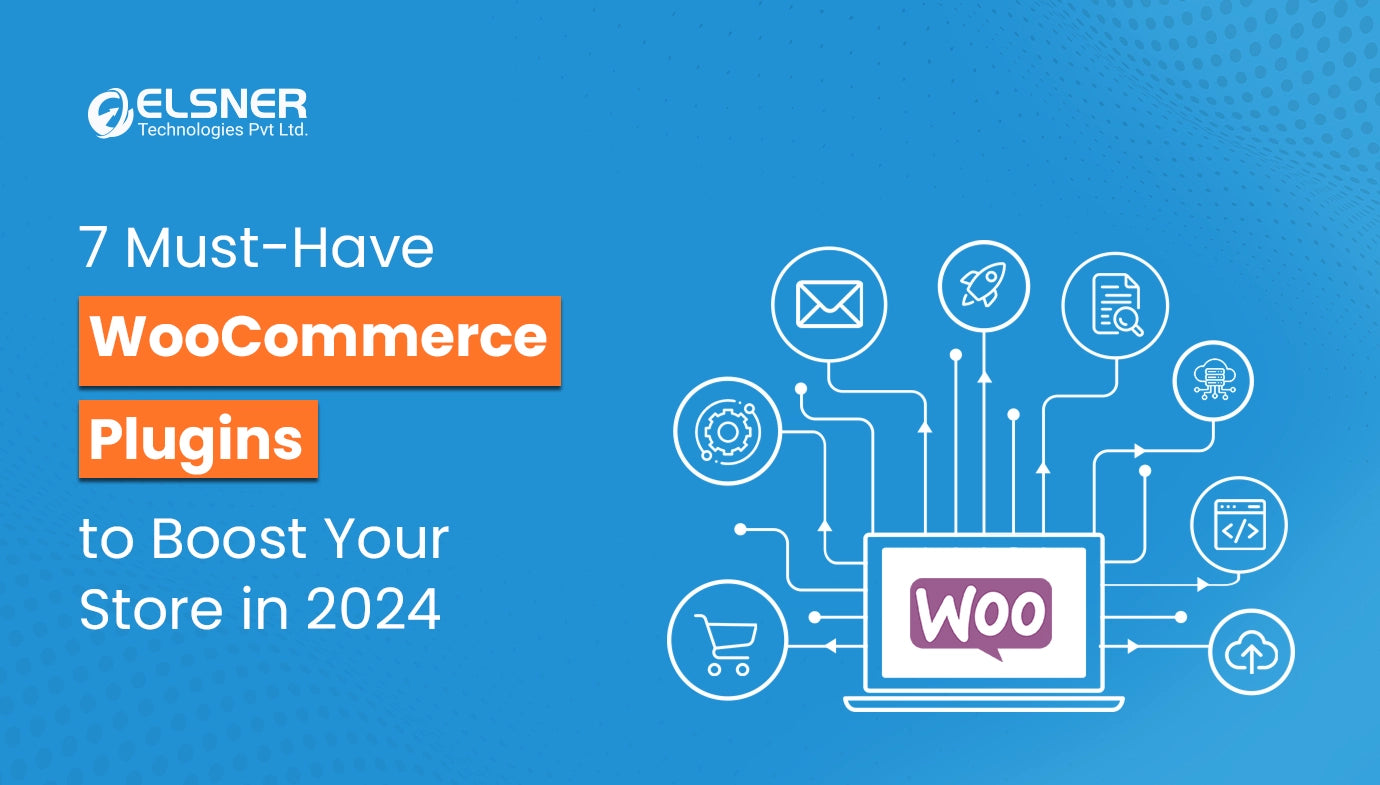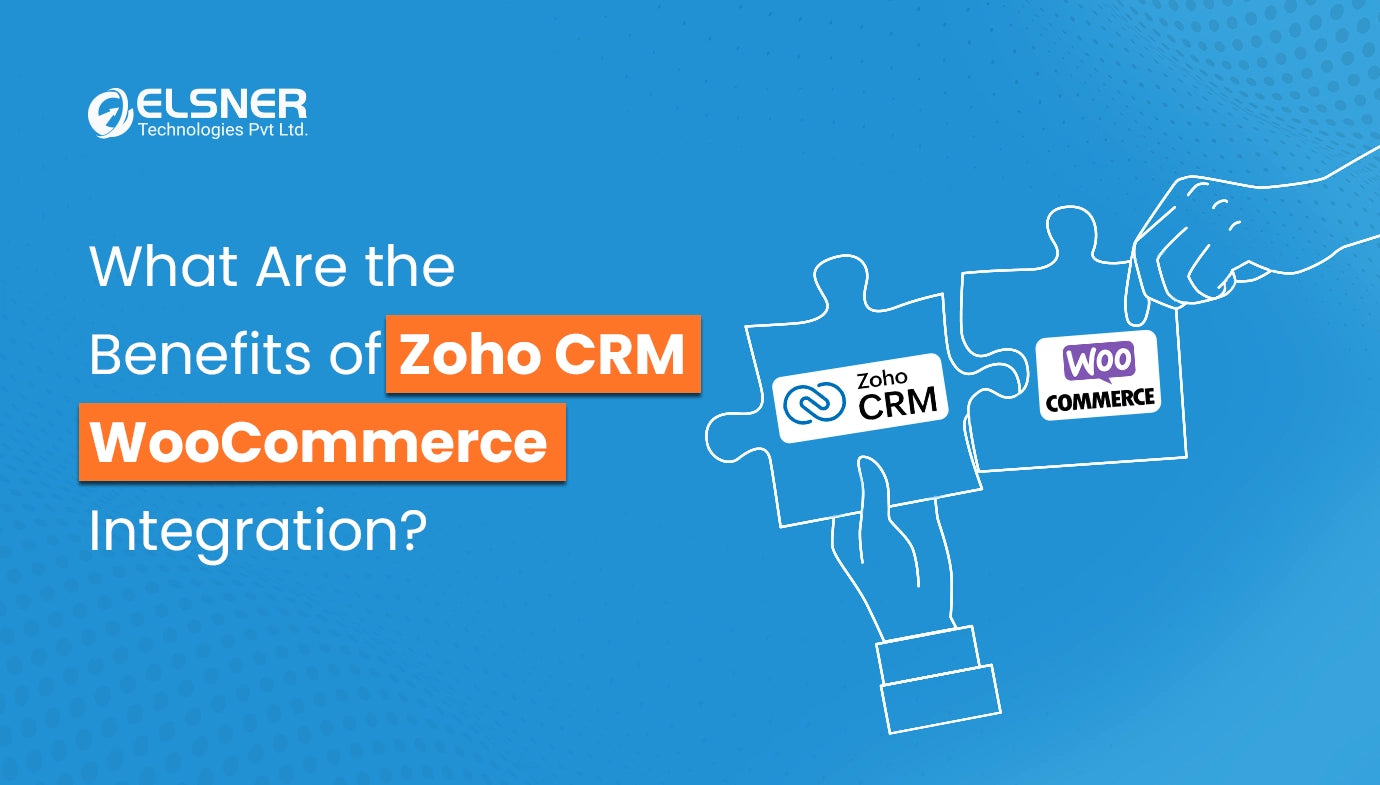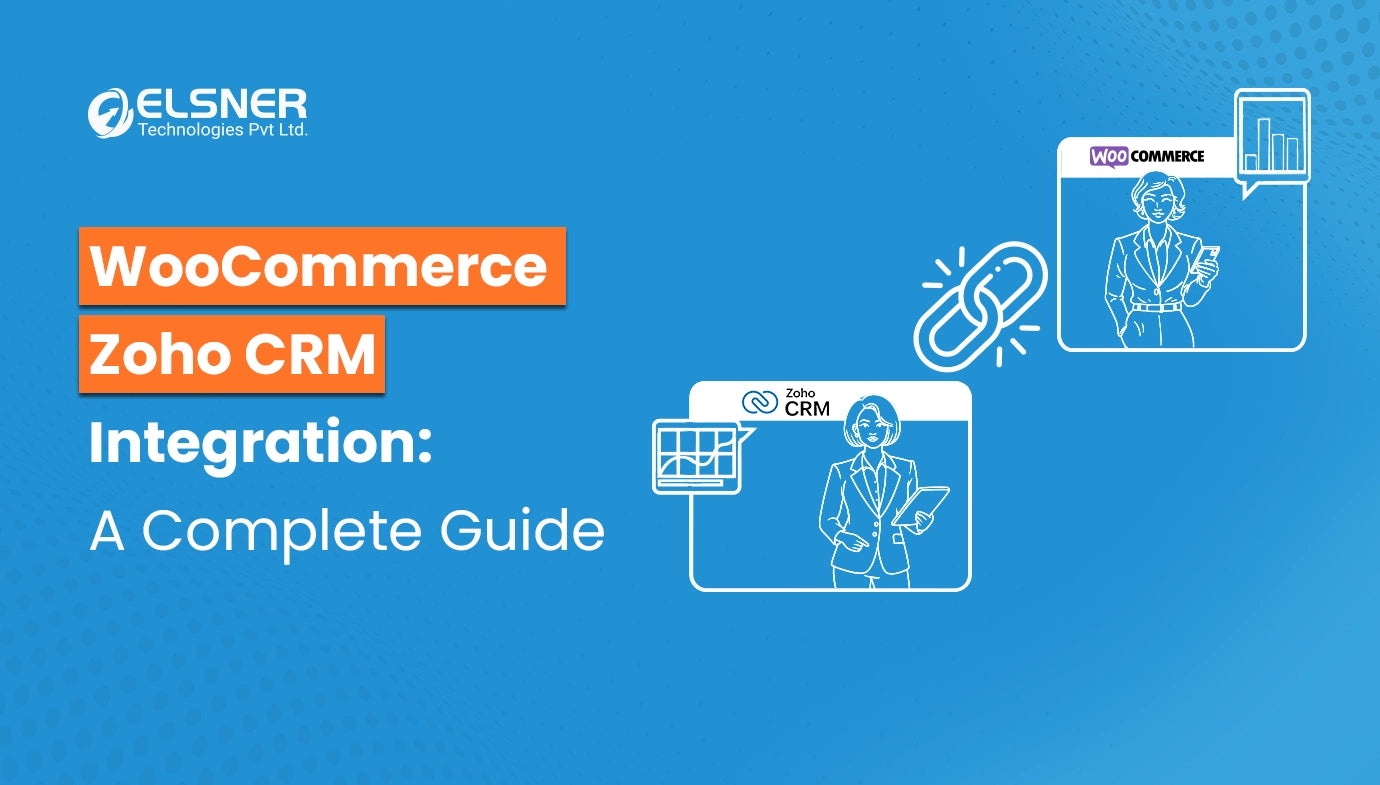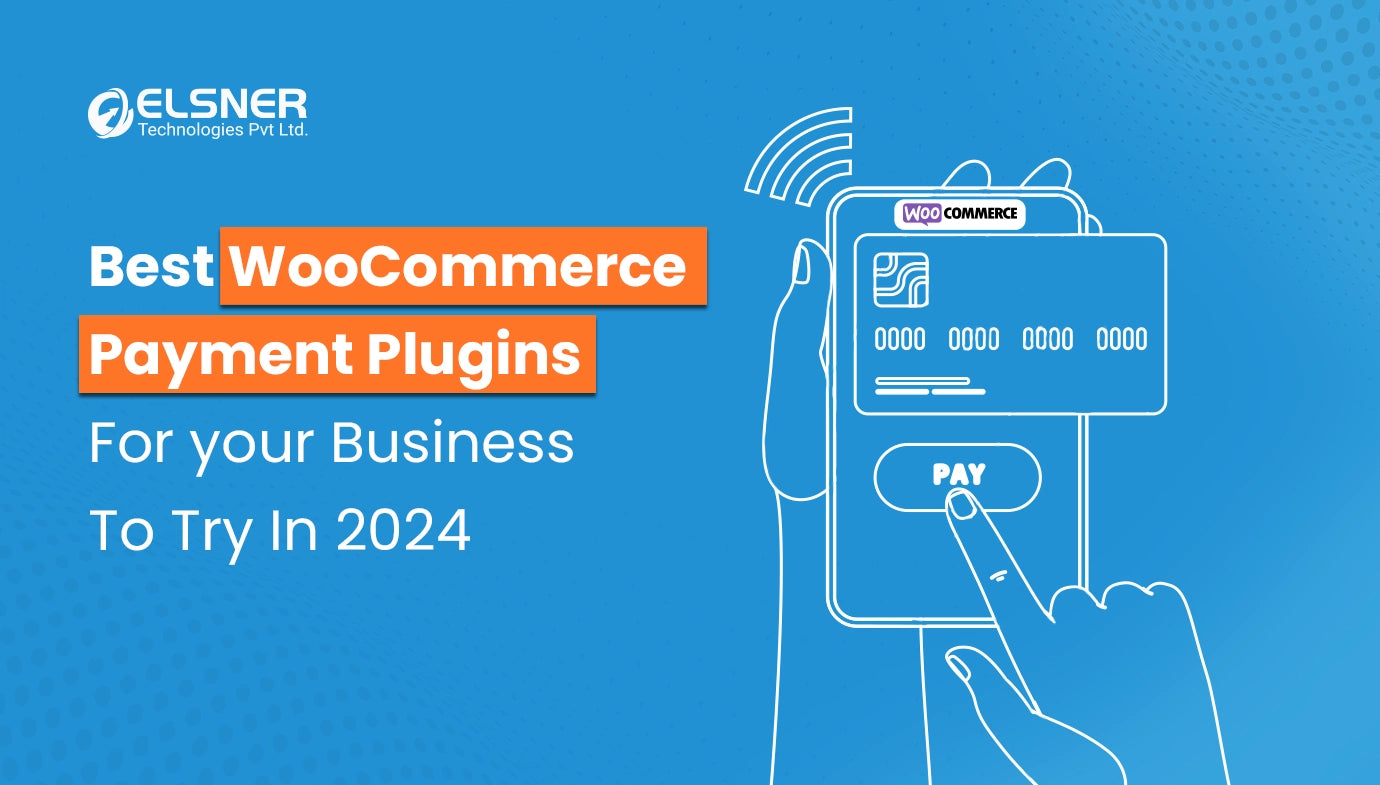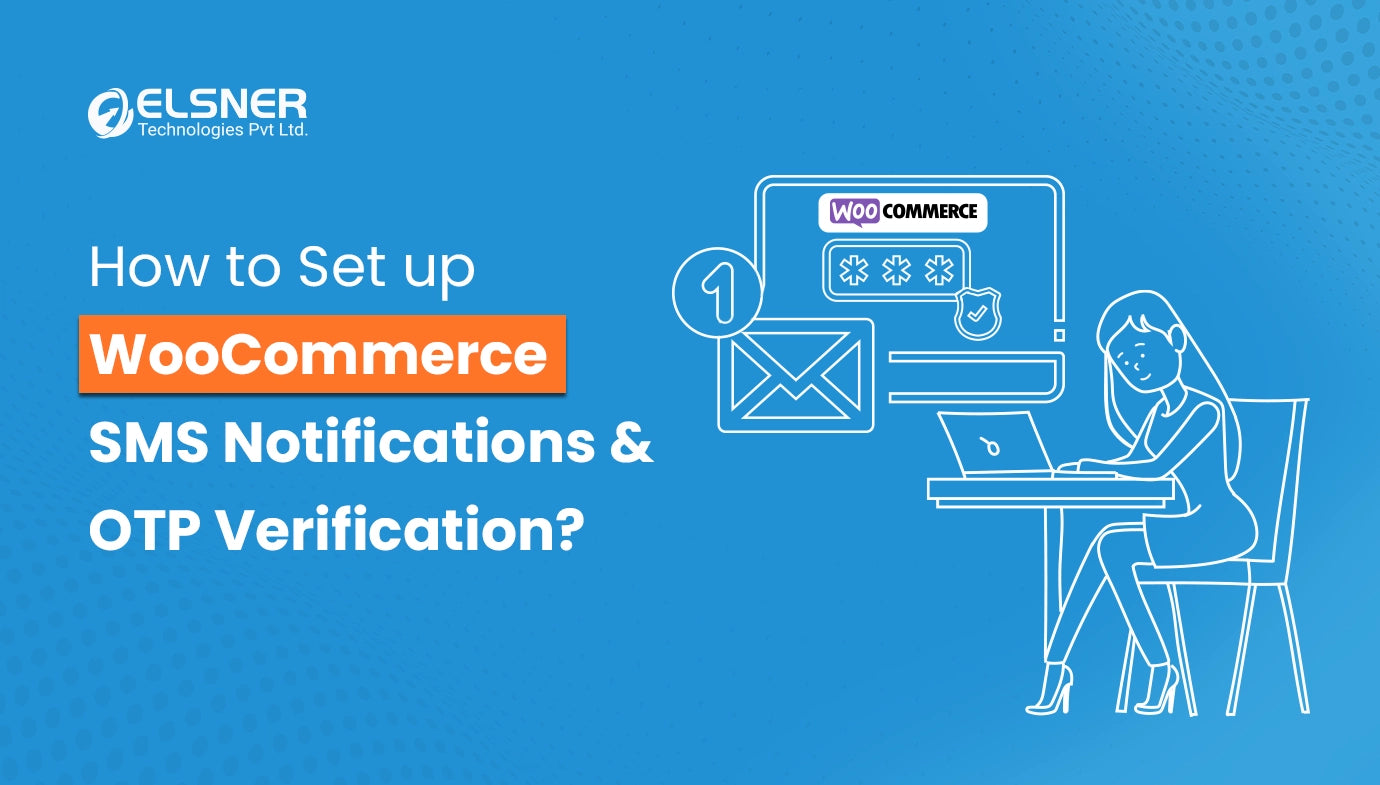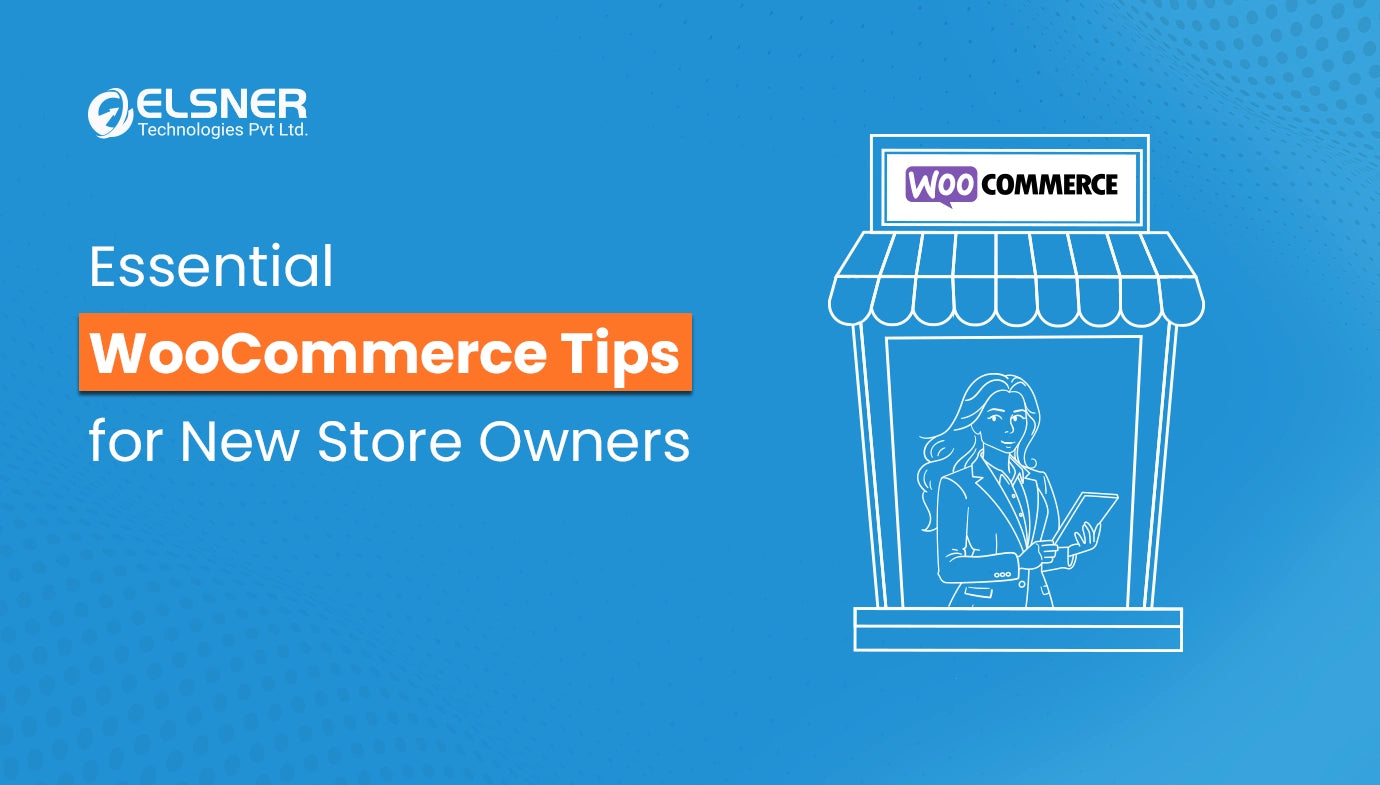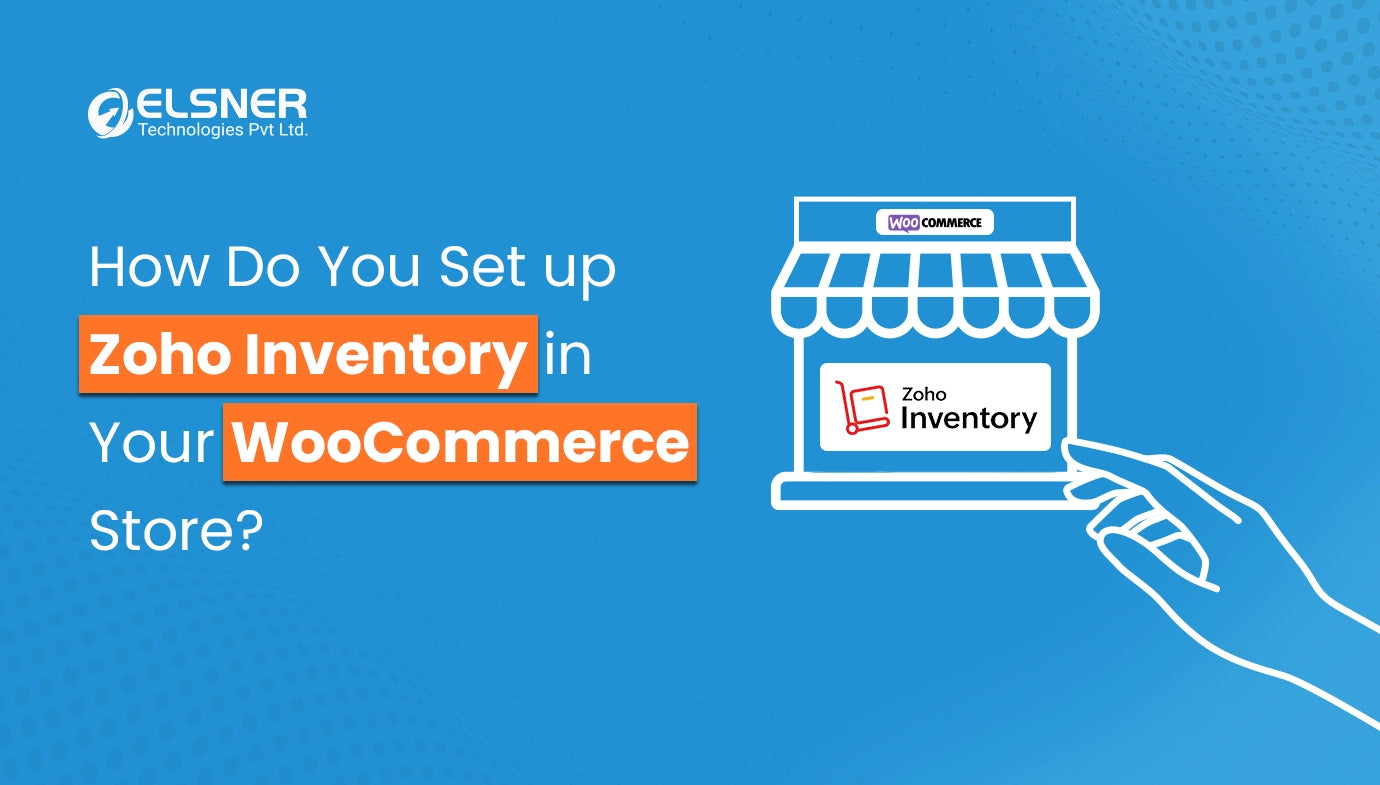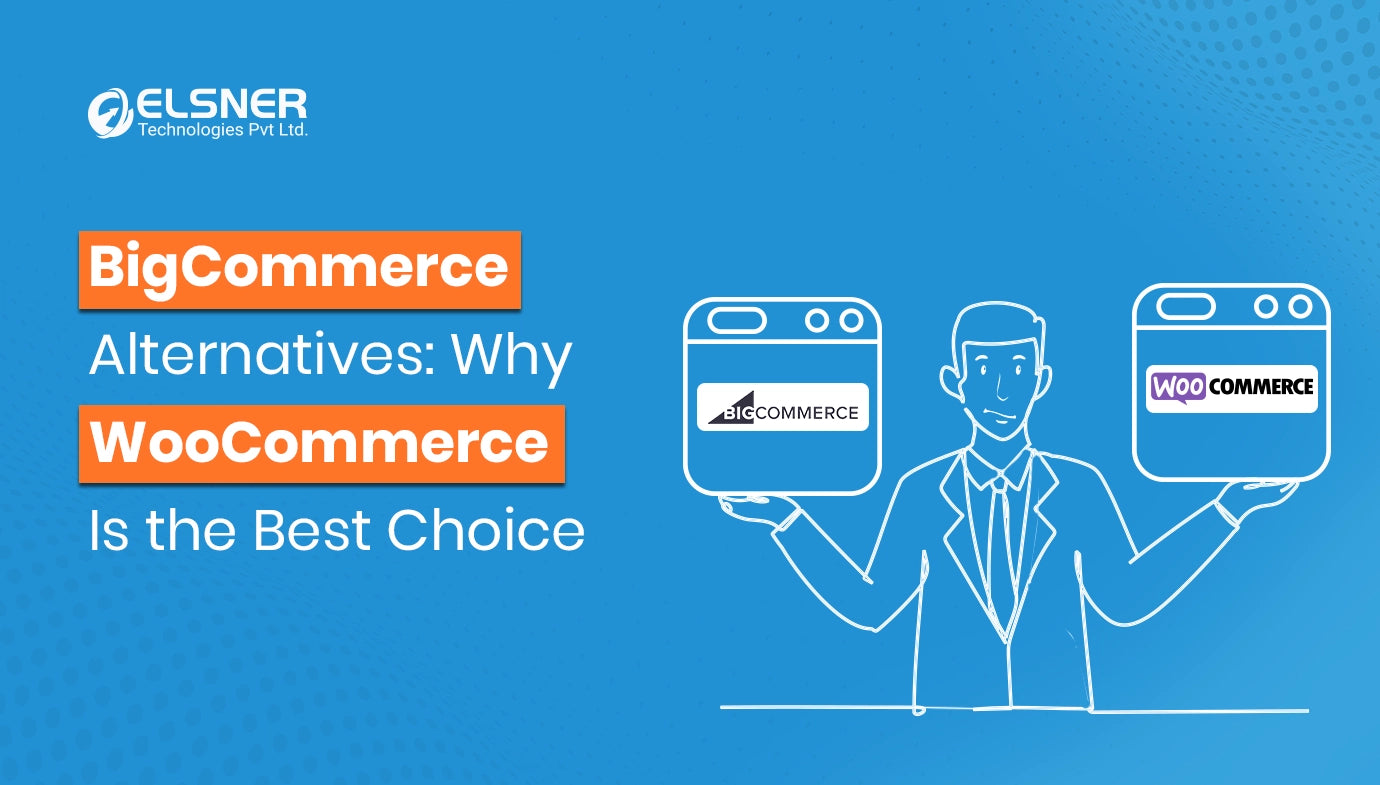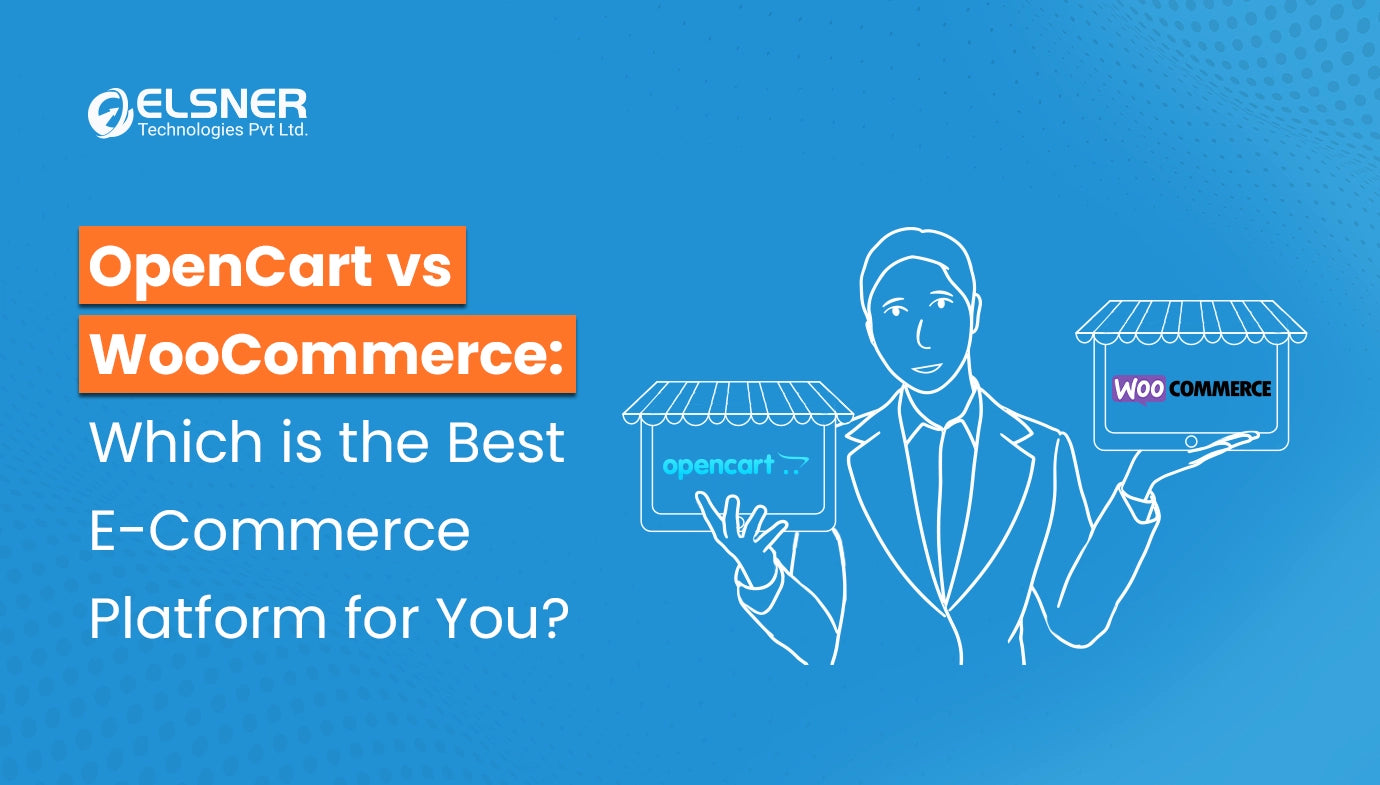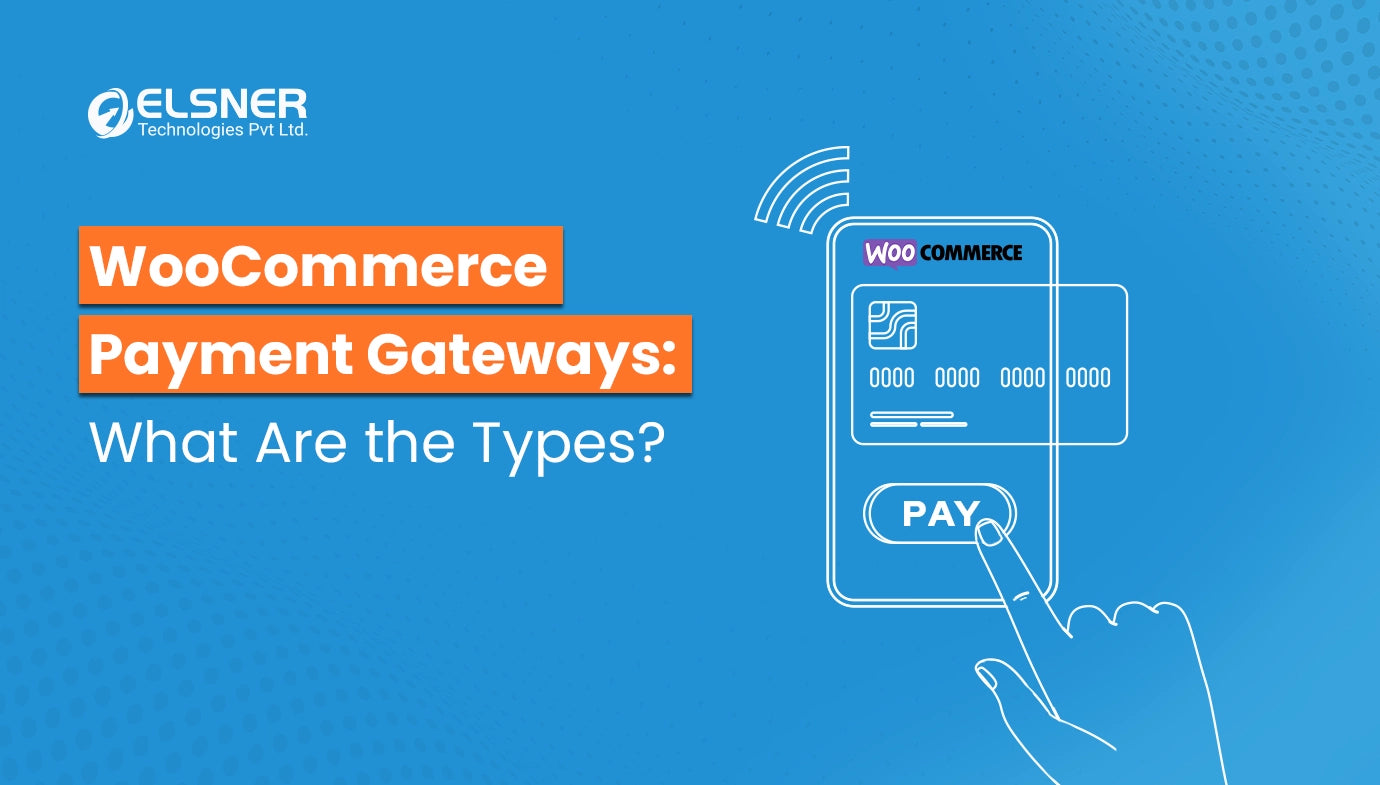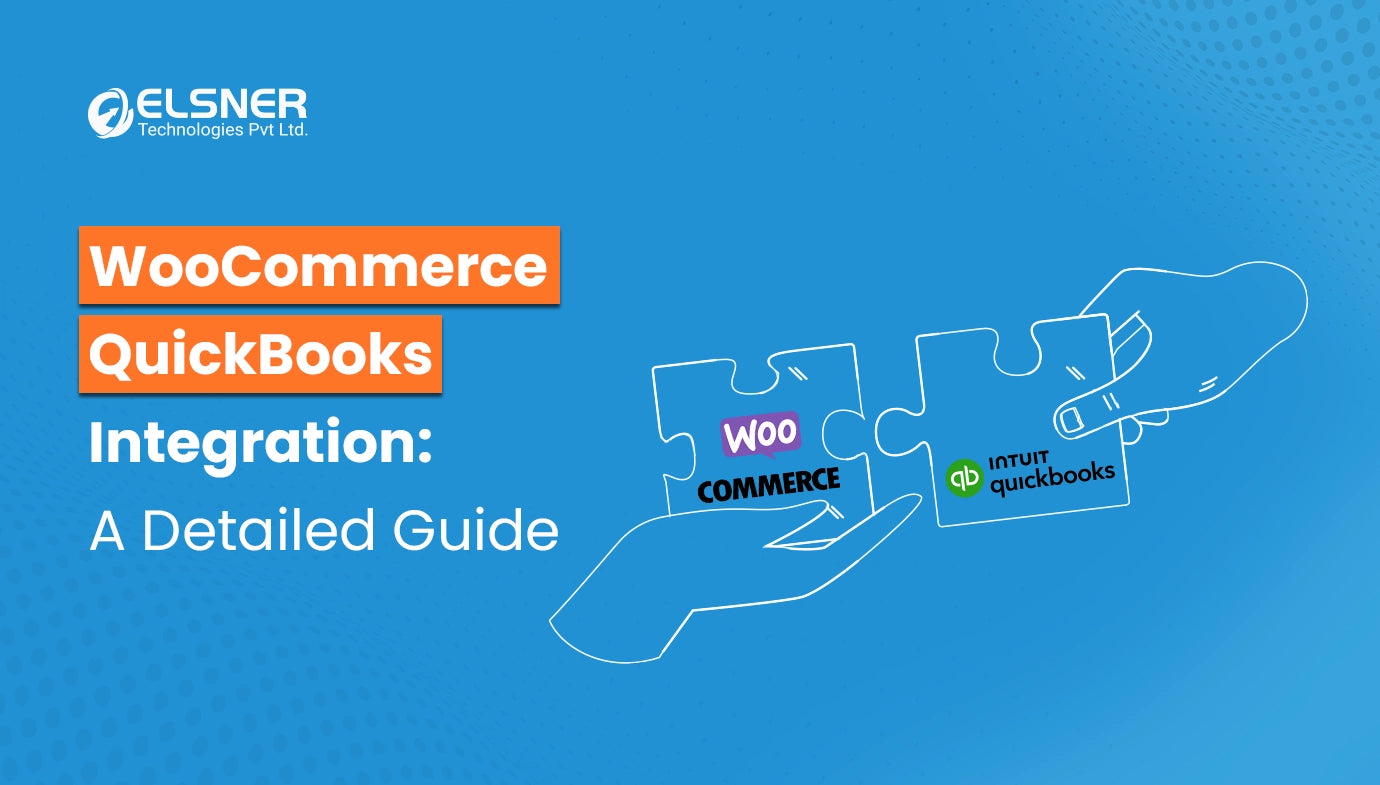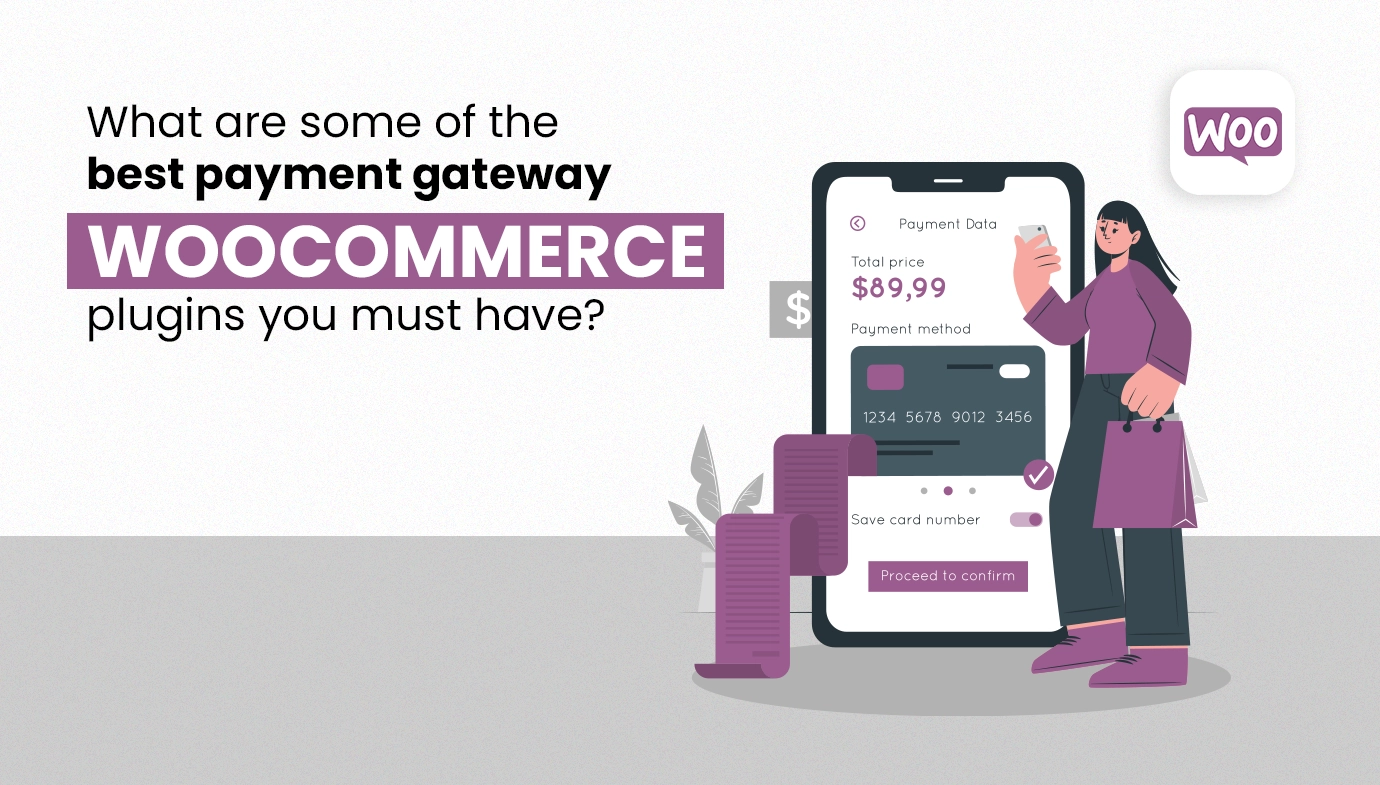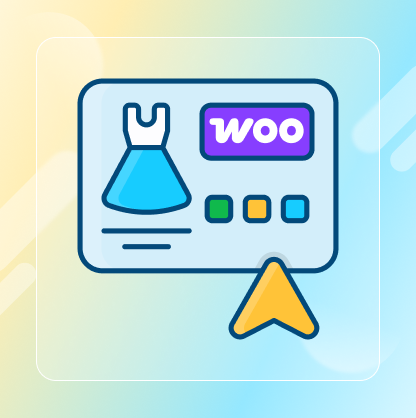On This Page
- Why Managing Inventory Feels Like Fighting a Losing Battle?
- How Woocommerce Zoho Integration Actually Solves Real Problems?
- The Real WooCommerce Zoho Inventory Integration Benefits for eCommerce
- Setting Up: How To Automate WooCommerce Inventory With Zoho?
- Real Stores, Real Results: How Zoho Proves to Be the Best Inventory Management Solution for WooCommerce Stores?
- The Decision That Determines Competitiveness
Get in Touch
Manual inventory tracking creates chaos. Spreadsheets lie. Stock counts drift out of sync. Customers get frustrated. Revenue disappears. But there's a shift happening right now. Smart eCommerce managers are abandoning manual processes. They're turning to WooCommerce Zoho integration instead.
This connection between online stores and Zoho's management systems changes everything. Stock updates happen automatically. Customer data stays synchronized. Errors vanish. The Zoho CRM WooCommerce integration isn't just another tech tool. It's becoming the backbone of efficient online retail operations.
Why Managing Inventory Feels Like Fighting a Losing Battle?
Running a WooCommerce store sounds simple on paper. Reality tells a different story.
The Stock Problem That Never Ends
Stockouts cost retailers almost $1 trillion every year. That's not a typo. One trillion dollars walking away to competitors.
Meanwhile, overstocking creates its own nightmare. Capital gets locked in products that don't move. Storage fees pile up. Cash flow strangles.
Human Error Multiplies Fast
Someone forgets to update a quantity. Just one small mistake. But that error triggers a chain reaction.
Orders get placed for products that don't exist. Refunds need processing. Angry emails flood in. Store reputation takes a hit.
Trust takes years to build. One inventory mistake can damage it overnight.
Time Disappears Into Administrative Black Holes
Small business owners know this pain intimately. Twenty hours per week spent reconciling spreadsheets. Matching orders to inventory. Updating quantities manually across platforms.
That's twenty hours not spent on marketing. Not spent finding better products. Not spent growing the actual business.
Multiple sales channels make this exponentially worse. WooCommerce, Amazon, eBay, and physical locations—keeping everything synchronized manually? Nearly impossible.
This is exactly where WooCommerce integration with Zoho Inventory enters the picture.
How Woocommerce Zoho Integration Actually Solves Real Problems?
The WooCommerce Zoho integration creates an automated bridge between systems. No more manual updates. No more hoping the numbers match.
Stock Syncing Happens Without Lifting a Finger
A customer clicks "Buy Now" on a WooCommerce store. Within seconds, Zoho Inventory updates automatically. The connection works both ways. Change inventory in Zoho, and every connected store reflects that instantly.
No double-checking required. No manual entries. No crossed fingers, hoping everything matches.

Everything updated in Real Time
The Zoho CRM WooCommerce integration works seamlessly with your WooCommerce Product Add-ons Plugin, ensuring every custom order detail is tracked in real-time. Every sale. Every customer interaction. Every inventory change.
Reports generate automatically. Sales trends become visible instantly. Customer behavior patterns become clear —
all without spending hours compiling spreadsheets from different sources.
Managing Multiple Stores Becomes Actually Manageable
Running three WooCommerce stores? Five? The WooCommerce Zoho CRM handles them all from one central system.
Update inventory once. Watch it propagate everywhere automatically. This capability transforms how multi-store operations function.
Returns: Stop Being Administrative Nightmares
Customer returns a product through WooCommerce. Zoho Inventory adjusts stock levels instantly. The tedious reconciliation work after returns? Gone completely.
What This Actually Means: WooCommerce Zoho Inventory integration benefits for eCommerce
-
Products sync WooCommerce with Zoho Inventory automatically—zero manual work
-
Data entry errors drop to nearly zero
-
Customer information stays unified across all platforms
-
Order fulfillment speeds up significantly
-
Businesses scale without drowning in administrative tasks
The Real WooCommerce Zoho Inventory Integration Benefits for eCommerce
Theory sounds great. But what do store owners actually get from WooCommerce integration with Zoho Inventory?
Time Savings That Feel Almost Unreal
One retailer tracked their time before and after integration. The results were striking.
|
Task |
Before Integration |
After Integration |
Time Saved |
|
Daily inventory updates |
2 hours |
5 minutes |
1h 55m |
|
Order processing |
3 hours |
45 minutes |
2h 15m |
|
Weekly reconciliation |
4 hours |
15 minutes |
3h 45m |
|
Weekly Total |
25 hours |
7 hours |
18 hours |
Eighteen hours per week. That's nearly a full-time employee's worth of productivity returned.
Errors Drop to Almost Nothing
Manual processes mean human mistakes. Automation means consistency.
Stockouts from inventory errors? Dramatically reduced. Overselling incidents? Practically eliminated. Customer complaints about availability? Down 85% on average.
Customer Satisfaction Actually Improves
Accurate inventory means keeping promises. Products shown as available actually are available. Orders ship on time. Customers get what they expect and when they expect it.
This translates directly to better reviews. More repeat purchases. Stronger brand reputation.
Data-Driven Decisions Become Possible
Gut feelings work sometimes. Data works consistently.
Integrated systems reveal patterns invisible in isolated data. Which products trend seasonally? Which items need reordering now? Which customer segments buy what?
The WooCommerce Zoho CRM provides intelligence that transforms guesswork into strategy.
The Competitive Reality Check
Here’s an uncomfortable truth. Competitors are already using these tools. They’re operating leaner. Serving customers faster. Making better decisions with better data — especially when workflows like WooCommerce Multiple Stripe Accounts and Zoho CRM work together.
Manual inventory management isn’t just inefficient anymore. It’s a competitive disadvantage that grows larger every day.
Smart eCommerce owners recognize something important: The WooCommerce Zoho integration benefits for eCommerce aren’t optional luxuries. They’re operational necessities in 2025.
Setting Up: How To Automate WooCommerce Inventory With Zoho? (Easier Than Expected)
The technical WooCommerce Zoho integration plugin setup guide often sounds intimidating. This process is actually straightforward.
Step One: Choose and Install the Plugin
The WordPress plugin repository and Zoho Marketplace both offer WooCommerce Zoho integration plugins. Most are well-documented and regularly updated.
Installation takes about five minutes through the WordPress dashboard. Standard plugin installation process.
Step Two: Connect the Systems
Authentication links WooCommerce to Zoho Inventory securely. Usually involves API keys or OAuth tokens. Sounds technical, but the plugin handles the complexity.

Administrative access to both platforms is required. Most store owners already have this.
Step Three: Configure Sync Settings
This step determines how data flows between systems.
Key decisions to make:
-
Which products sync to Zoho?
-
How often should the inventory be updated? (Real-time is recommended)
-
Should customer data transfer automatically to Zoho CRM WooCommerce integration?
-
What order statuses trigger inventory changes?
Most businesses benefit from real-time syncing for inventory. Customer data can sync hourly or daily, depending on volume.
Step Four: Map Everything Correctly
WooCommerce product categories need matching Zoho Inventory categories. SKUs must align. Attributes should correspond correctly.
This mapping prevents confusion and ensures data consistency. Taking time here saves headaches later.
Step Five: Test Everything Thoroughly
Create test orders. Watch them appear in Zoho. Verify inventory decrements properly. Check that customer data transfers accurately. Confirm order statuses update correctly.
Testing catches problems before they affect real customers.
Step Six: Train the Team
Technology only works when people know how to use it. Show the team the new workflow. Demonstrate reporting capabilities. Answer questions. Change management makes or breaks technology adoption.
Time Investment Breakdown:
|
Setup Phase |
Estimated Time |
|
Plugin installation |
15 minutes |
|
System connection |
30 minutes |
|
Configuration |
1-2 hours |
|
Mapping and testing |
1-2 hours |
|
Team training |
1 hour |
|
Total |
4-6 hours |
It’ll take around four to six hours of setup with the help of this WooCommerce Zoho integration plugin setup guide. And once configured, it works smoothly even alongside the WooCommerce WorldLine Payment Gateway.
Eighteen hours saved every week after. The math works decisively in favor of integration.
Real Stores, Real Results: How Zoho Proves to Be the Best Inventory Management Solution for WooCommerce Stores?
Numbers matter. But stories make those numbers meaningful.
Midwest Home Goods Store: From Chaos to Control
A family-owned store in Illinois sold home goods online and through two physical locations. Before WooCommerce Zoho integration, inventory was a constant battle.
The Problems:
-
Weekly stockouts disrupting sales
-
20+ hours monthly spent reconciling inventory
-
Inventory accuracy stuck at 78%
-
Customer complaints mounting steadily
After Integration:
|
Metric |
Before |
After |
Improvement |
|
Inventory accuracy |
78% |
99.2% |
+21.2% |
|
Order processing time |
100% |
40% |
60% faster |
|
Stock-related complaints |
100% |
15% |
85% reduction |
|
Weekly admin time |
20 hours |
5 hours |
15 hours saved |
The owner put it simply: "We're finally growing the business instead of fighting inventory fires."
California Fashion Boutique: Scaling With Confidence
Three WooCommerce stores. Growing fast. Inventory chaos threatening to derail everything.
The boutique implemented Zoho CRM WooCommerce integration to centralize operations. Synchronized customer data enabled targeted marketing based on actual purchase history across all stores.
Six-Month Results:
-
Repeat purchase rate: +32%
-
Administrative overhead: -45%
-
Prevented losses from overselling: $12,000
-
Customer lifetime value: +28%
These aren't theoretical benefits. Real stores. Real revenue impact. Real-time savings.
The WooCommerce integration with Zoho Inventory delivers measurable ROI. Usually within 2-3 months.
The Decision That Determines Competitiveness
Manual inventory management can't keep pace. It's that simple. The WooCommerce Zoho integration represents more than new software.
What Actually Changes After Integration?
Knowing how to automate WooCommerce inventory with Zoho makes stock errors essentially disappear. Administrative time drops dramatically. Customer satisfaction rises noticeably.
Data-driven decisions become standard practice. Store owners stop fighting fires. They start building businesses. The WooCommerce Zoho integration benefits for eCommerce show up in profit margins. In customer retention rates. In owner sanity levels.
What Happens Next?
Single WooCommerce store or multiple sales channels—WooCommerce integration with Zoho Inventory scales appropriately. The technology adapts to business size.
The transformation happens faster than expected. Within days, inventory accuracy improves. Within weeks, time savings become obvious. Within months, the operational difference feels dramatic.
Take the Next Step
Efficient, data-driven eCommerce businesses aren’t hoping for better systems someday. They’re implementing the best inventory management solution for WooCommerce stores right now — the same kind you’ll easily find in the WooCommerce Plugin Store.
Ready to automate WooCommerce store operations with Zoho Inventory?
Start exploring integration options today. Test the connectivity. Experience firsthand how WooCommerce Zoho CRM integration transforms inventory management.
The future of eCommerce operations runs on automation. Integration. Intelligence.
This year, smart eCommerce owners are making the switch to WooCommerce integration with Zoho Inventory. The question is simple.
Will you join them?







